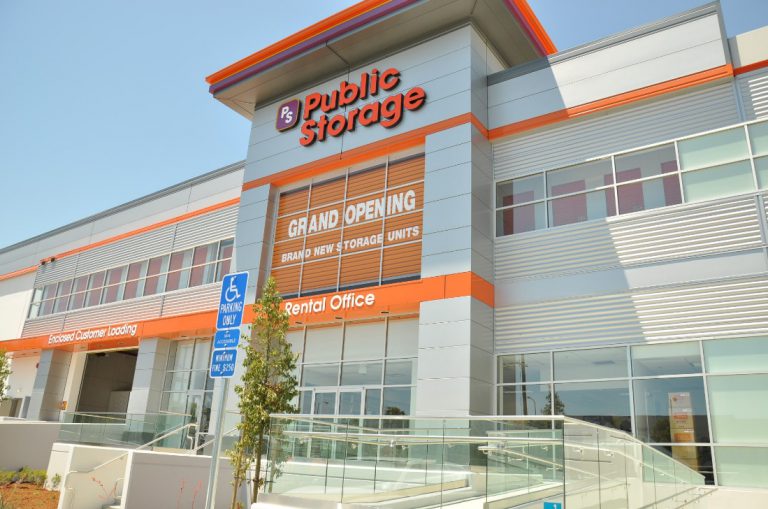Flight to Quality – How One Vanderbilt Came to Raise the Bar
“When you build perfection, price is often just an afterthought,” StripSmallGuy stated on his tweet when mentioning one of the most one of the iconic buildings over the last few years One Vanderbilt. And it’s true.
Renting office space at One Vanderbilt is pricey, going from $100 to $150 per square foot. These rates are similar to other high-end areas like Hudson Yards or the Plaza District. However, the cost is justified given the exceptional value of the 73-story tower.
Since its opening, the tower has not only transformed Manhattan’s midtown skyline, but also resolved some of the dauting challenges in the field of real estate that we’re going to discuss later in the following parts of this article. First, let’s rewind a little.
From Yearslong Being Delayed to Share the New York Skyline
The idea for One Vanderbilt dates back to the early 2000s. The developers – SL Green Realty Corp. started buying buildings near Grand Central Station with the goal to build a new office tower. The tower would be situated between Vanderbilt and Madison Avenues and 42nd and 43rd Streets.
Despite being pushed back by the outbreak of the global financial crisis in 2008, plans for a commercial skyscraper, 1,300 square meters of redeveloped pedestrian space along Vanderbilt Avenue, and substantial improvements to the Grand Central Terminal transit network were first unveiled in 2014.
In 2016, Mayor Bill de Blasio, developer SL Green, and other suited officials gathered for the ceremonial groundbreaking of One Vanderbilt.
Usually, big towers like One Vanderbilt are built based on these considerations: Architects figure out how much space can make money within city rules, and developers try to cut costs without making it look cheap. These steps are to ensure the tower respect the skyline it joins perfectly.
Most tall buildings, built on a tight budget, follow the rule. However, there are rare exceptions—thin residential towers designed for a few wealthy owners who pay a lot for great views. These exclusive buildings benefit only a select few, and yet, they stand prominently in our streets and skyline.
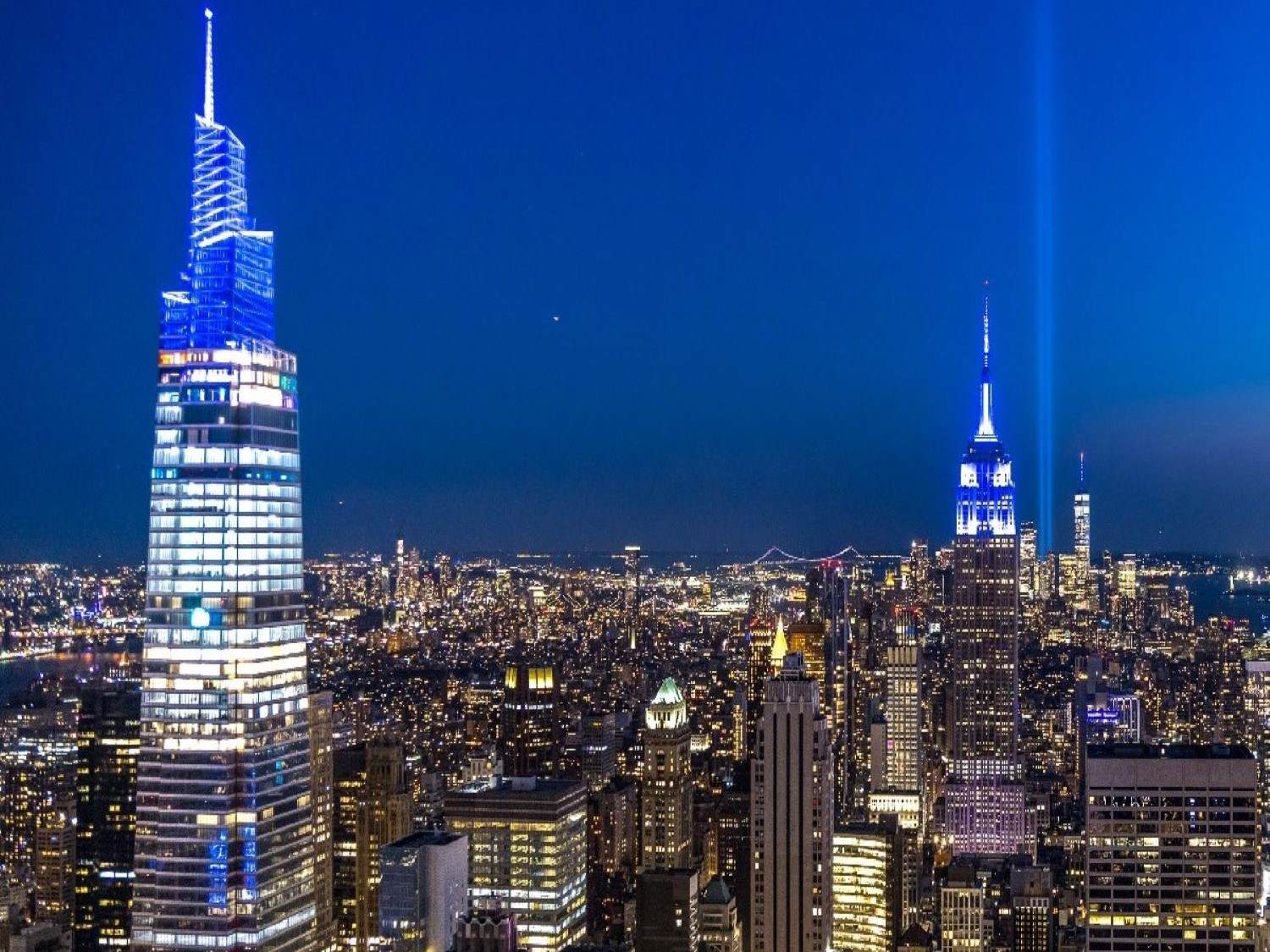
From the start, One Vanderbilt needed public approval to become one of the city’s tallest buildings. Michael Bloomberg’s administration was supportive and tried to push through a rezoning plan in his final months.
After that overreach did not work, it looked for a while like the plan was deceased and the area around Grand Central would forever remain a crowded but aged commercial center of low-ceilinged office towers.
Then the de Blasio administration revived a smaller rezoning plan to allow One Vanderbilt to move forward. The result of these negotiations was an advanced design and $220 million set aside for street and transit upgrades. Crucially, the developer, SL Green, would cover the costs of these improvements.
One Vanderbilt officially opened in September 2020 after four years of construction, amid the uncertainty of the COVID-19 pandemic and questions about what the future holds.
So, the question is, Has One Vanderbilt appeared in the wrong timing?
The answer is no, over the past few years, businesses have been constantly looking for exceptional accommodation to lure people back from their homes, in order to promote collaboration, creativity, and productivity. And one asset particular that has benefited off this upward trend is One Vanderbilt.
Flight to Quality – The Need of the Luxurious Office
In 2022, Green Street, a commercial real estate analytics firm, predicted a roughly 15% decrease in office demand because of the rise of flexible work arrangements. However, this forecast overlooked a distinct “flight to quality” trend, where the decline in demand primarily affected older, under-invested buildings. Conversely, there has been sustained strong demand for high-quality office spaces.
This trend towards luxury offices started before the pandemic but accelerated as companies faced competition from remote work.
Firms, needing space for only half of their employees each day, are willing to pay more per square foot for premium office spaces. In Manhattan, tenants signed contracts for twice the amount of high-end office space compared to the previous year, totaling 6.1 million square feet.
For example, since the start of the pandemic, 84% of total leasing activity in midtown Manhattan has occurred in Class A or trophy assets, according to Cushman & Wakefield.
These office buildings, whether new or recently renovated, are often equipped with amenities and strategically located in gateway cities near transit hubs. In essence, these towers are not just well-located and well-designed; they increasingly focus on providing a premium experience within the buildings—both in physical and digital aspects. One Vanderbilt, in particular, has set a new standard in this regard.
Tenants’ Wish List – Exceptional Amenities
One Vanderbilt, a 93-story skyscraper, is part of a trend of new upscale properties and renovated buildings, offering interiors and services akin to elite private-members clubs.
The building boasts a 30,000 square feet amenity floor, giving tenants exclusive access to a state-of-the-art auditorium, a 30-seat boardroom, hotel-style social spaces, and a spacious outdoor terrace with views of the plaza. Additionally, world-class dining options by renowned Chef Daniel Boulud are featured.
The tower has a grand lobby with a striking bronze starburst-like artwork. Most of its 67 floors offer 1.7 million sq ft of office space, featuring large column-free areas and panoramic views. Additional amenities include an outdoor garden space and, near the top, an observation point which boasts the second-highest outdoor deck in New York City.
“The One Vanderbilt tower recalls the golden age of New York high rise architecture,” says KPF President and Design Principal James von Klemperer. “As a rectangular plan tapered point tower, its prominent top joins the Empire State and Chrysler buildings on the skyline.”
While One Vanderbilt had a slow start initially, it gained momentum by securing numerous leases with notable entities such as The Carlyle Group, TD Bank, DZ Bank, McDermott Will & Emery, Greenberg Traurig, Stone Ridge Asset Management, Oak Hill Advisors, MSD Partners, and KPS Capital Partners, among others.
Public Benefits – Part of the Terminal City
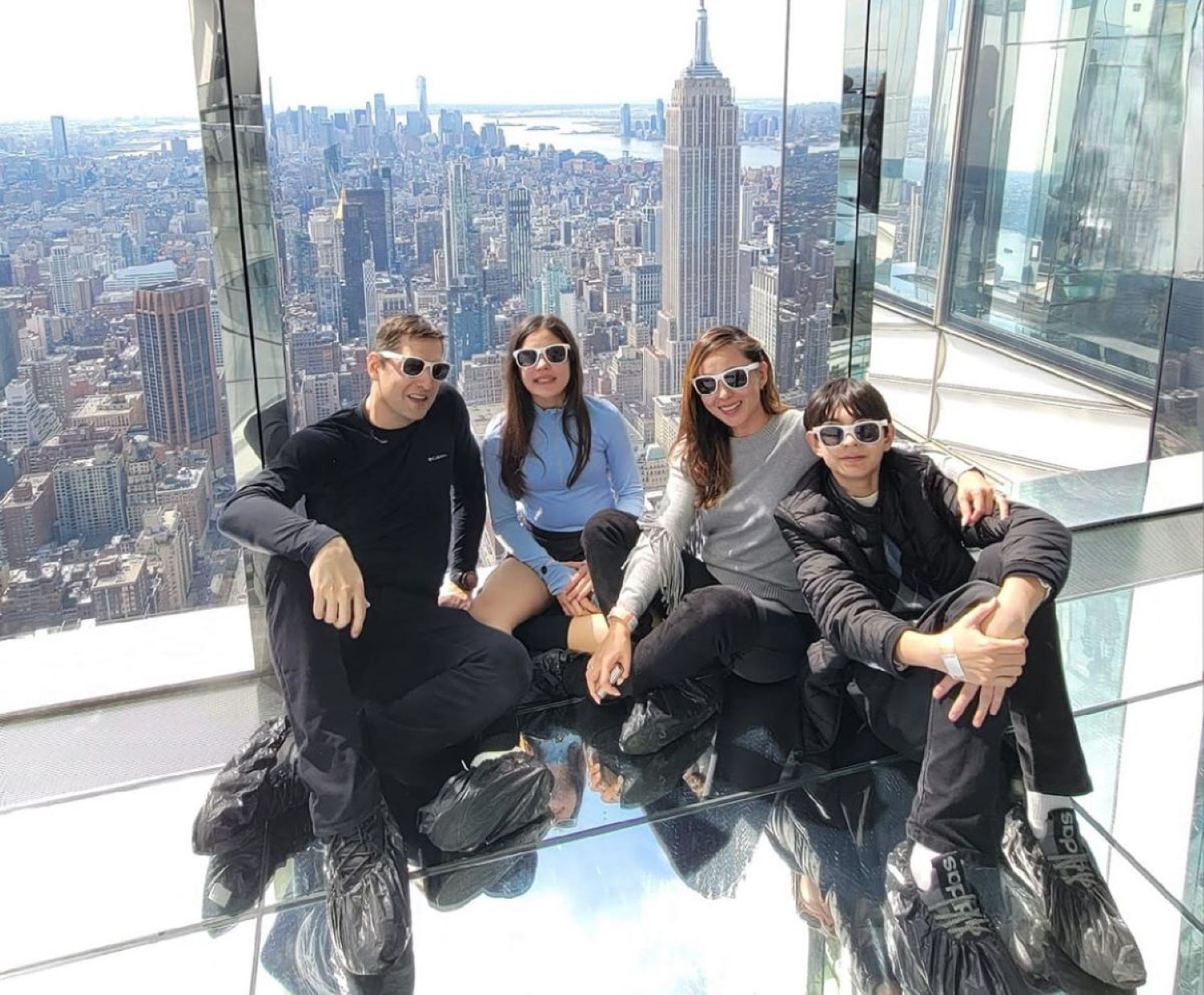
Rising beautifully close to one of the city’s most historic and famous buildings, the base of One Vanderbilt has been thoughtfully built to enhance pedestrian access around Grand Central Station while paying homage to the terminal’s heritage.
The new landmark’s base takes shape from a series of angled cuts which form a visual procession from the tower to the station’s grand exterior, at the same time a striking sloping ceiling rises 32 meters above street level, opening sight lines to the terminal.
Furthermore, the materials used on the tower’s front, which are made of glass and terracotta, are reminiscent of those that were used when the station was first built in the early 1900s. Notably, as part of their project, the Metropolitan Transit Authority of New York mandated that developers make significant enhancements surrounding Grand Central Terminal.
The construction of One Vanderbilt will ultimately allow an additional 65,000 commuters to use the station every day. This will be accomplished by pedestrianizing Vanderbilt Avenue between 42nd and 43rd streets, enhancing connections between the subway and rail networks, and permitting the development of the Long Island Rail Road’s East Side Access project.
“The new building connects both spatially and programmatically to Grand Central Terminal. It opens up a visual corridor at the ground plane and establishes a major public plaza, while providing direct access to the station from its lobby,” says KPF President and Design Principal James von Klemperer.
At a cost of USD $220 million, these improvements are by far the largest private contribution to New York’s transit system to date.
Employees are Cared – Urge Workers to Return to Office
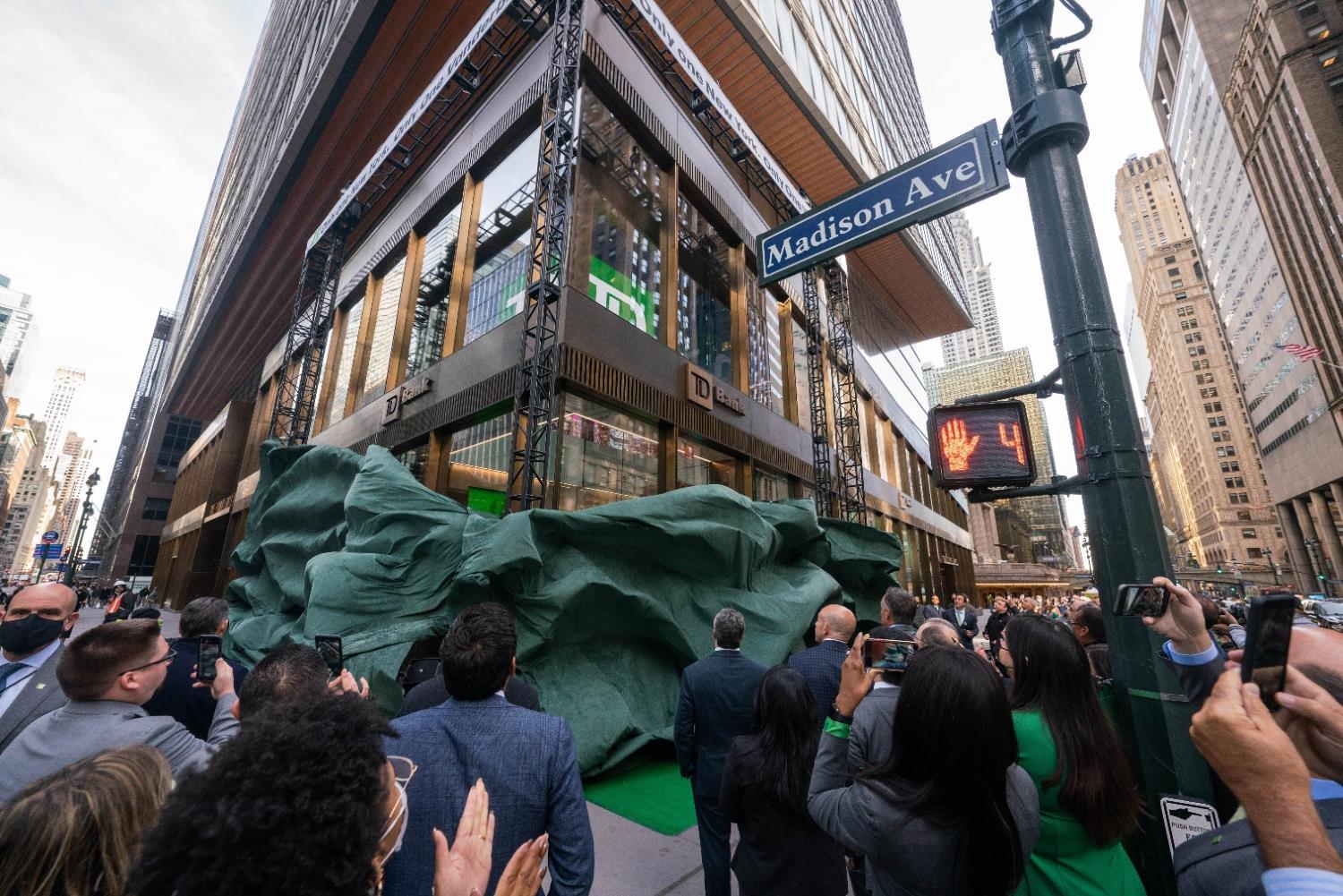
Concerns over the quality of the air in commercial and institutional facilities are present as workers return to their desks. According to a recent Honeywell Healthy Buildings Survey, 55% of workers want to know the quality of the air they work in, and 65% of workers would quit if their employers didn’t promote healthier indoor settings.
Given those figures, it should come as no surprise that SL Green Realty Corp., the building’s owner and tenant, was ready to show tenants and staff a healthy building anytime they were ready to go back to work.
SL Green made an effort to ensure renters that their workers—whether full-time or part-time—were returning to secure environments when they began to return to the office.
“Tenant communication was our primary objective – to let the occupants know of our adherence to local and governmental guidelines,” says Ray Benemerito, One Vanderbilt’s vice president and general manager. “We achieved this not only with email notices and signage, but also direct contact with tenant coordinators.”
The standards set during the pandemic will persist beyond the COVID era.
“We’re going to maintain the permanent standards built into the building related to MERV 16 filter minimum and common areas with bipolar ionization,” says Jonathan Wilcox, One Vanderbilt’s director of engineering.
He added, “And we’re educating tenants on the safety of our systems and high level of standards used. We’re also being transparent on water and HVAC testing results as seen in recent WELL performance certification, and we’ll continue to be open to emerging technologies on the subject and implementing as needed.”
SL Green’s efforts paid off, making One Vanderbilt the first WELL Core Certified Platinum project in New York City. This achievement serves as a significant incentive to attract future tenants to the building.
“Adding WELL certification and all related transparency, we look forward to promoting how advanced and clean the air and related IAQ parameters are in the building,” Wilcox says.
Modern workers do not just seek luxury, however. They also want to salve their consciences. As a result, green buildings are increasingly popular. For landlords, these have the twin advantages of attracting higher rents and hedging against obsolescence, as countries look to meet their net-zero carbon goals.
Luring Tenants – Greener Commercial Building
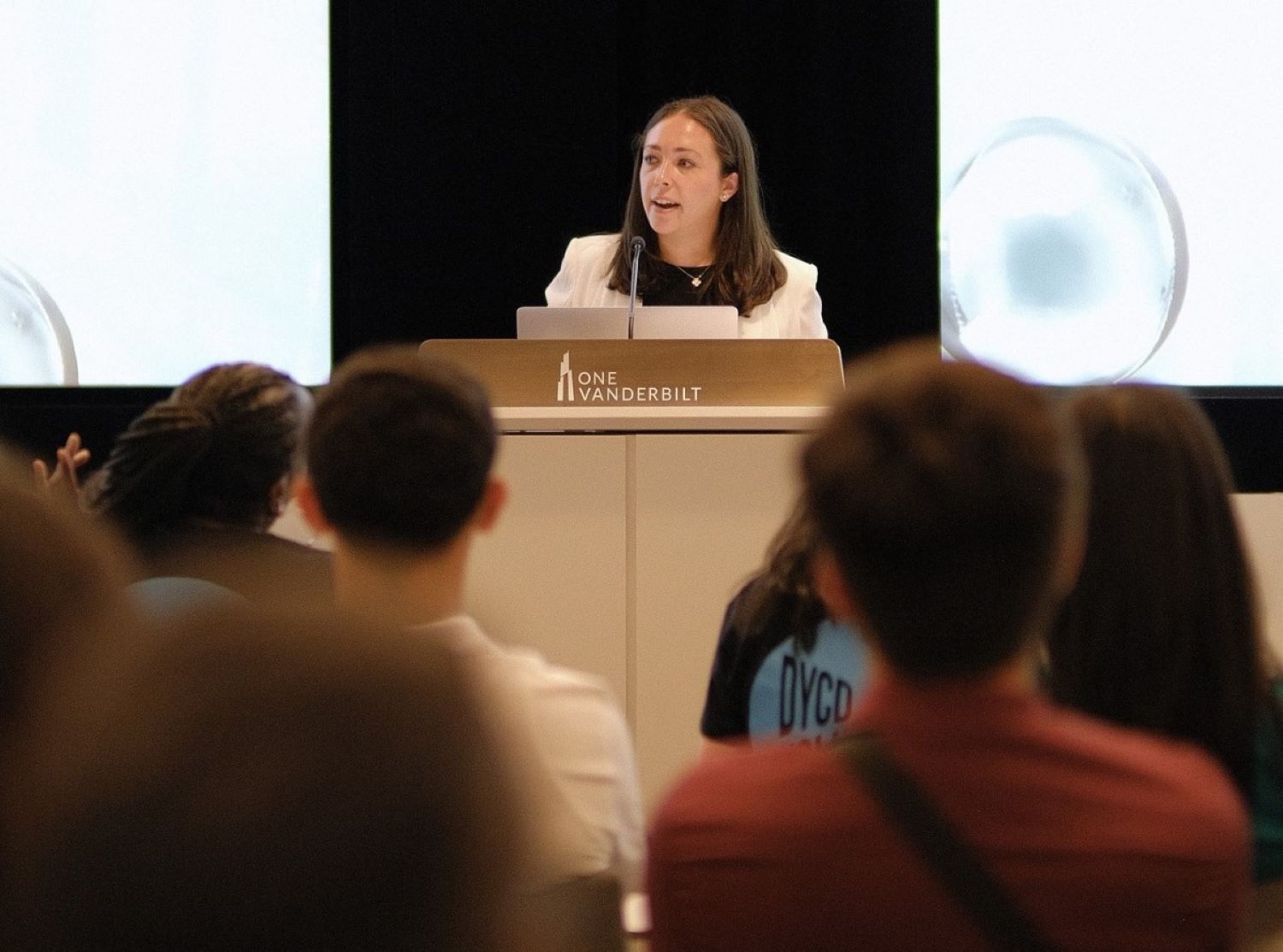
According to Garry Tan, “If you’ve ever spent time in New York City, you might have stayed in one of those buildings where it’s just too hot, and the building didn’t adjust the heat even though it’s winter. You end up having to crack a window.”
He added, “Surprisingly, there are a lot of buildings out there like that. In fact, there are a ton of buildings with outdated technology from the 1960s and 70s, operating antiquated on-off switches or timers. This is not just a minor annoyance; it’s a significant issue contributing to the climate crisis. In the U.S., 13% of greenhouse gases are spewed out from commercial and residential buildings, making it a substantial part of what’s happening in our society with regard to the climate crisis.”
Understanding the environmental impact that urban development can have, developers and engineers have taken to significant effort to ensure that One Vanderbilt is at the center of sustainability.
Despite the need for extensive demolition before construction, the project team aimed to recycle 75% of demolition waste. They also implemented an elaborate tracking system to identify locally sourced materials, minimizing transport emissions.
In addition, the tower’s steel rebar has 90% recycled content, which is a substantial increase from the industry standard of 60%. Additionally, One Vanderbilt’s concrete mix incorporates industrial byproducts like fly ash and recovered slag to further lessen the structure’s impact.
The tower’s water consumption is lowered by an astounding 40% thanks to the development’s ultra-high-efficiency fixtures and 22,000-liter rainwater recycling system. Every drop of rain that hits the glass and terracotta exterior of the skyscraper is diverted into two enormous concrete bathtubs and sent up to the cooling towers above.
One Vanderbilt produces a large portion of its own electricity, in contrast to many other skyscrapers. About ten years ago, this was a revolutionary method of providing power that was both cleaner than the local grid and cost-effective for landlords.
The turbines of One Vanderbilt, however, burn natural gas. Despite being greener than coal or oil, natural gas is losing popularity, especially in New York City, which just passed some of the strictest climate regulations in the world, including a ban on the use of fossil fuels in new construction.
First Challenge to Counter on the Way to Sustainability
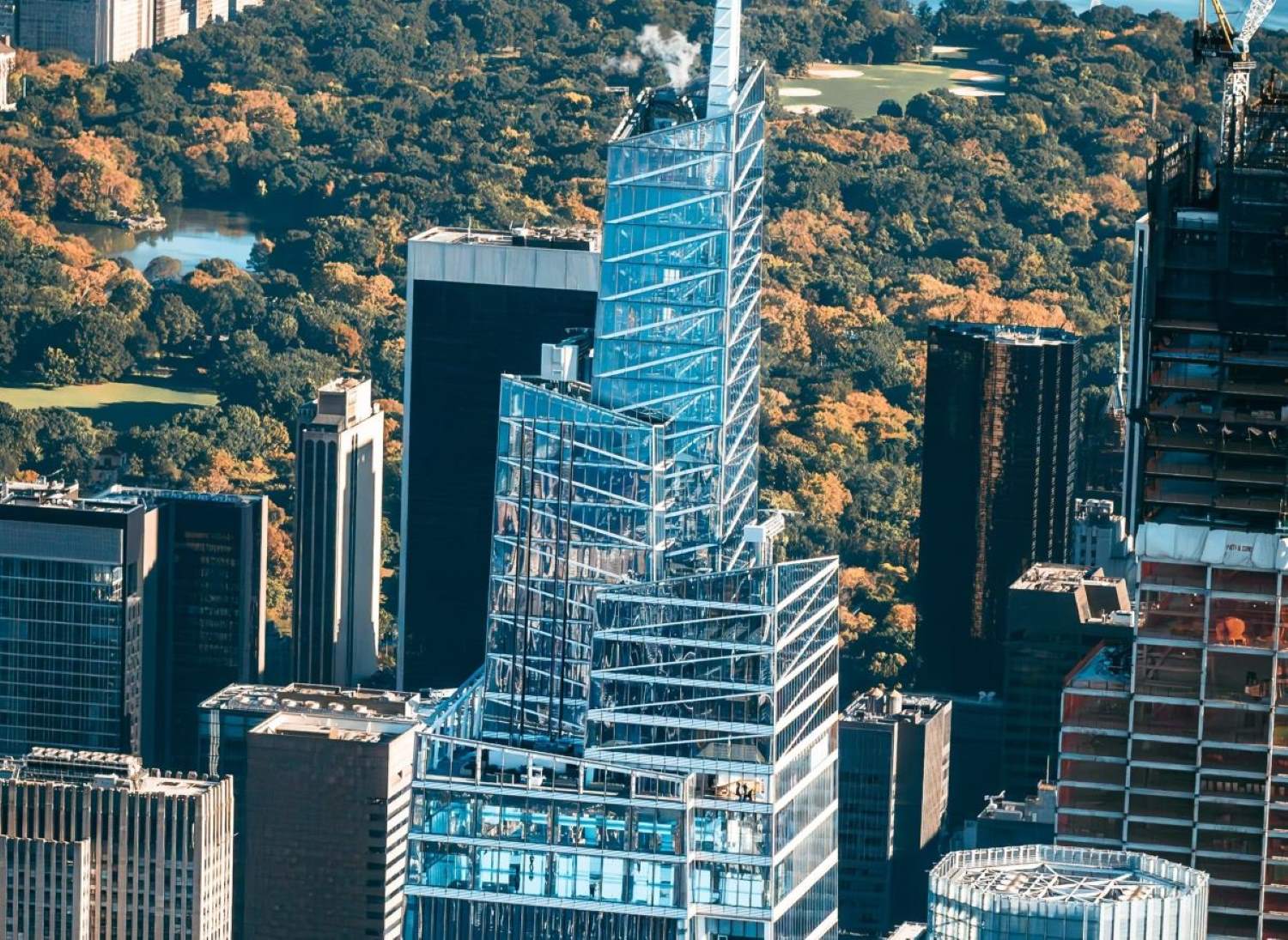
In 2021, the New York City Council decided to enact legislation that forbade the use of natural gas in the majority of newly constructed buildings, forcing them to utilize electricity for hot water and heating.
Lawmakers reached a deal late on a bill that require new buildings shorter than seven stories to go electric on Jan. 1, 2024, and taller ones after July 1, 2027. The projects that get their construction documents accepted before those dates will be exempt.
The majority of New York’s buildings, no matter their size or age, really have a negative environmental impact. The city’s biggest source of carbon dioxide emissions is from boilers and furnaces burning fuel in basements; their emissions are more than double the amount that comes from the millions of cars and trucks that drive its highways.
When design work on One Vanderbilt was finished in 2016, some of its most significant green features were the correct response to the climate crisis. “And then, Mr. Wilcox said, the answer changed.”
Yet as the rapidly changing energy-policy landscape, fueled by growing worldwide concern over climate change, even the most ambitious efforts at sustainability frequently find themselves facing the potential of retrofitting the moment the elevator doors open. One such instance is One Vanderbilt.
When the shift happened, SL Green countered a roadblock. The owner of One Vanderbilt had to observe as the city’s environmental plan advanced even though the building rose quite swiftly, peaking out after three years.
According to Wilcox of SL Green, an all-electric future “makes sense” and he supports the city’s efforts to make buildings cleaner. However, a tall building like One Vanderbilt still have a long window of time to adapt to the change, let’s see how they commit to be the greenest building.








